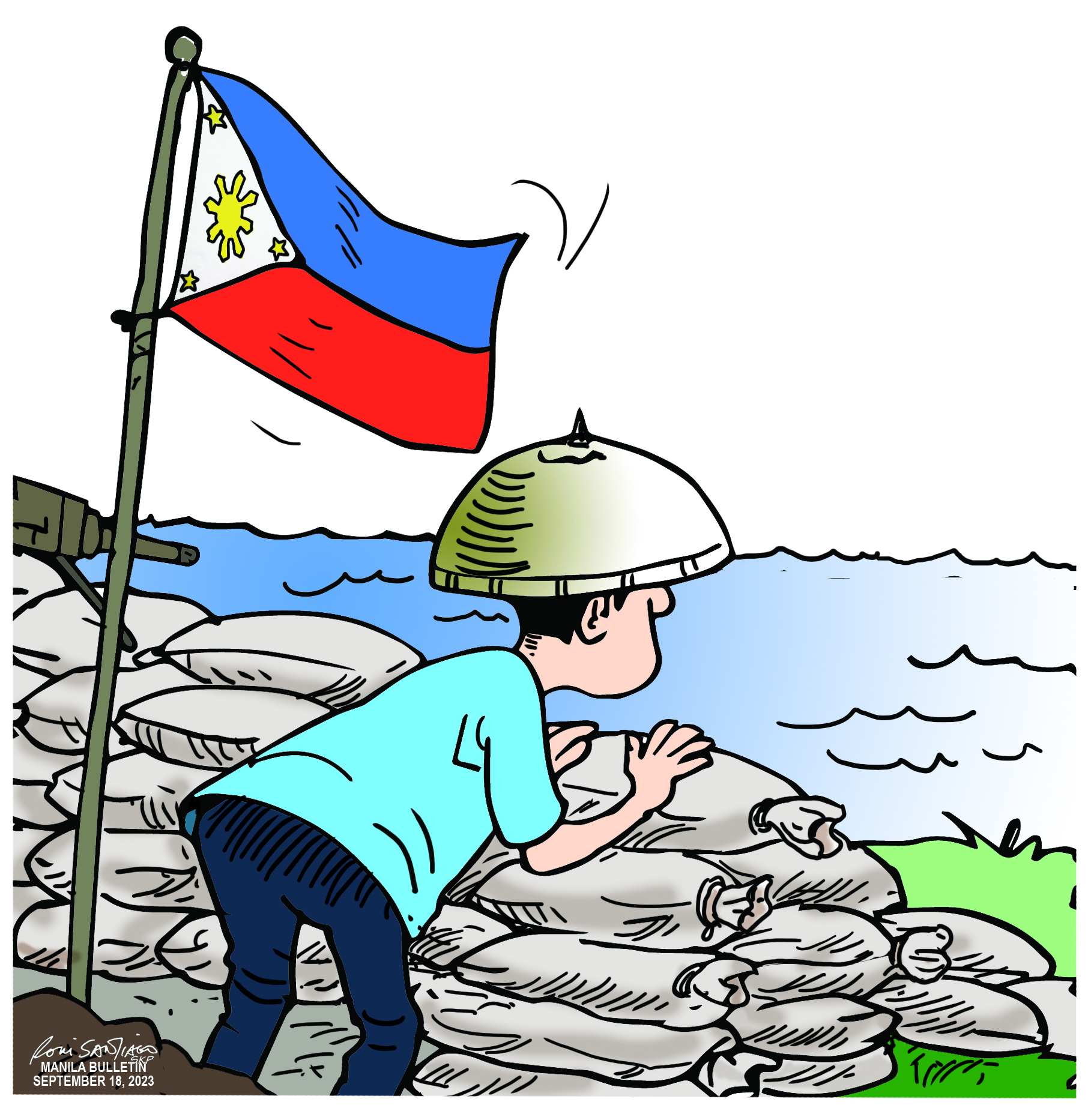Enhanced defense cooperation vital to PH security, climate change resilience

In view of geopolitical realities that are in flux, Defense Secretary Gilberto Teodoro emphasized the need for leveraging multilateral security cooperation upon his confirmation by the Commission on Appointments last week. He said: “The intensity of the need to focus on protecting our sovereignty and sovereign rights is paramount in the global race for resources and influence.” He added that this would be achieved through “politics and diplomacy, backed by a strong backbone of a strategic defense posture.”
It is in this context that the annual Mutual Defense Board – Security Engagement Board meetings were conducted at Camp Aguinaldo last week and lined up for 2024 over 500 bilateral engagements that cover the entire gamut of security cooperation, information sharing, capacity building and capability development.
Projects to implement the Enhanced Defense Cooperation Agreement (EDCA) were the focal points, as the partners envisioned the conduct of joint exercises and the involvement of key international allies. Recall that last June, at the sidelines of the annual Asia Security Summit in Singapore, the defense ministers of Japan, the United States, Australia, and the Philippines agreed Saturday to step up security cooperation to promote a free and open Indo-Pacific amid China's growing maritime assertiveness in the region.
There are currently nine EDCA sites in the Philippines, based at Fort Magsaysay in Nueva Ecija; Antonio Bautista Base Air Base in Palawan; Basa Air Base in Pampanga; Lumbia Airport in Cagayan de Oro; Benito Ebuen Air Base in Cebu; Camilo Osias Naval Base in Sta. Ana, Cagayan; Lal-l0 airport in Lal-lo, Cagayan; Camp Melchor dela Cruz in Gamu, Isabela; and Balabac Island in Palawan.
Aside from strengthening the country’s defense and security capabilities, fortifying the nation against the vicissitudes of global warming and climate change is an equally vital concern. Recall the massive destruction wrought by super-typhoon Haiyan in 2013 that underlined the significance of being able to tap on a reliable network of humanitarian assistance and disaster relief provided by the country’s allies.
As reported in East Asia Forum, the 1,200 members of the Japan Self-Defense Forces (SDF), was “the largest overseas deployment for the SDF, and the biggest humanitarian relief dispatched by the Japanese government in history,” thanks to the unqualified support extended by then Prime Minister Shinzo Abe. As reported by Relief Web, South Korea also dispatched a relief team composed of “20 medical personnel, 14 paramedics, four staff members of the Korea International Cooperation Agency (KOICA) and two MOFA officials via military aircraft,” underlining the historic alliance of the two countries dating back to the Korean War in the early fifties when their soldiers fought side by side.
The solidarity forged with long-standing allies provides a bedrock of deterrence and defense as our Navy and Coast Guard patrol our seas and defend the country’s expanded economic zone. Elevating alliances into strategic, broad-based partnerships that cover the broad fields of humanitarian assistance and disaster relief are equally vital in demonstrating that the government is capable of extending comprehensive protection to its citizenry.